Last month we highlighted a series of engaging works by artists from across the globe — Latvia, America, the Netherlands, and Japan.
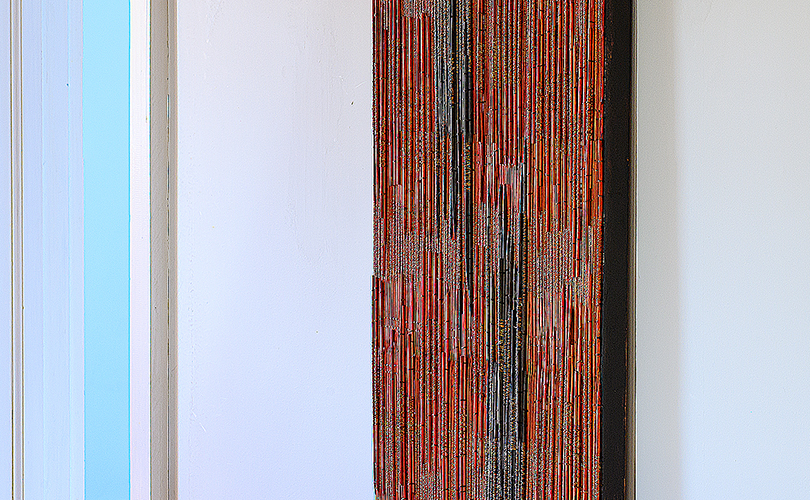
23.5” x 23.5”, 2025. Photo by Tom Grotta
First up was February 2025 II, by the late Lija Rage (LV). “I create my fiber works by painting little sticks and wrapping them in copper wire, by gluing and sowing, putting layer upon layer until the work seems finished,” Rage once explained. “Textile and fiber art are modern arts. I believe that modern world culture cannot be closed. Each of us grows up from the culture we live in, through centuries, which further on is subjected to other impacts and becomes interwoven with the world culture influences.” Rage aimed to create “a mystique where each thread, metal shard, or sliver of wood discovers its unique place, contributing to an emotionally charged entirety.”
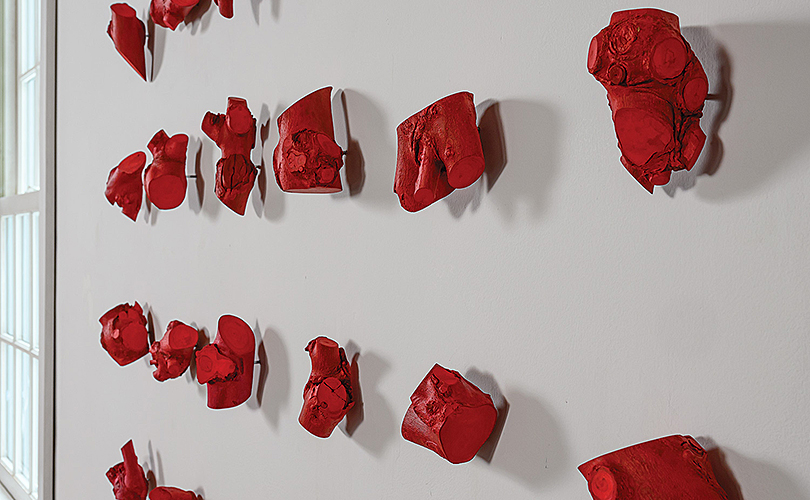
Heartwood by Gyöngy Laky (US) was next. Laky explained the origins of the work and its name: “In 2005, I paused in awe before a majestic Ash Tree in front of Customwood Furniture in San Francisco—founded in 1946 by the renowned designer Arthur Hanna. I met Arthur and a delightful friendship ensued. Whenever the Ash was pruned, his trimmer would deliver a great pile of beautiful Ash cuttings. The Tree is still there though Arthur is not. While working with Ash on a recent piece, I found myself continually sensing the nodes and branches as suggestive of human anatomy. One day, my friend and neighbor, architect Teri Behm, walked into my studio and anticipated my title, Heartwood, when she remarked, “Those pieces look like parts of a heart.”
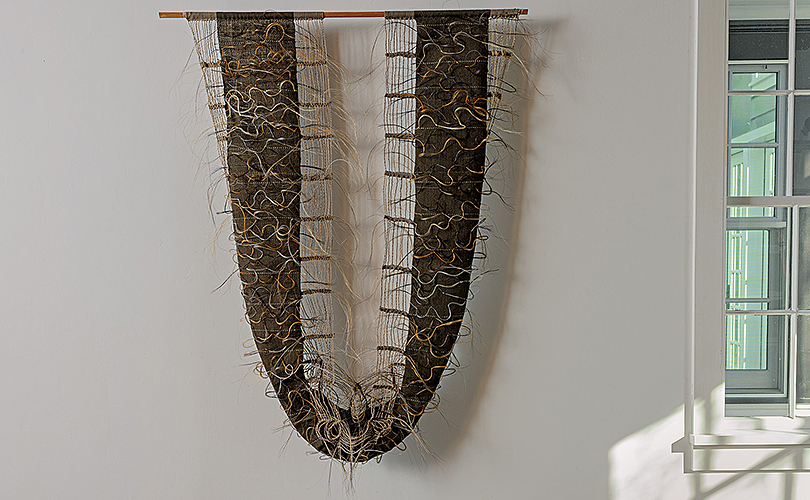
In Floating Upstream, Marianne Kemp (NL) explores how horizontal and vertical reference lines fade into the background, when coupled with random knotting of horsehair, which shifts the viewer’s focus. The interplay of overlapping textures and translucency is key to softening the otherwise bold composition. The single, straight, horizontal line, formed by the wooden dowel, brings balance to the piece. Kemp’s work is deeply influenced by her travels. Her explorations across Europe, and to places such as Mexico, Japan, Africa, and Mongolia, have further enriched her artistic vocabulary.
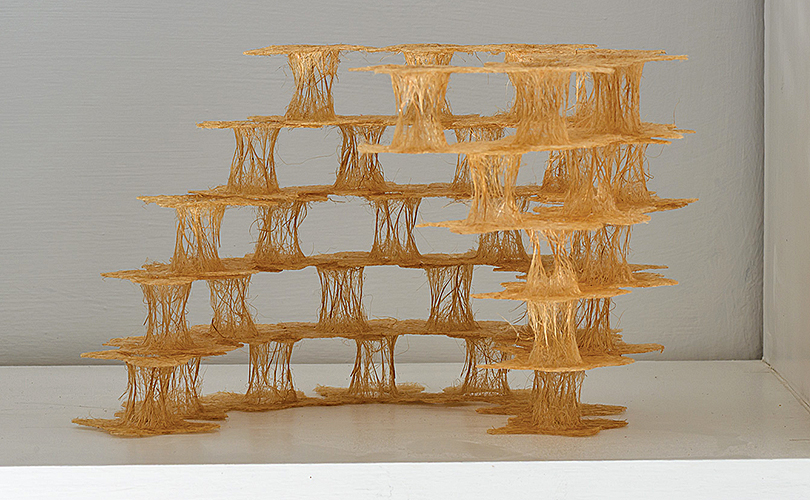
Last but not at all least, we focused on Naoko Serino’s Rooted 4. “I have been creating artworks using only jute for 28 years,” Serino (JP) says. She is grateful to be able to convey the charm of jute, which she does in three-dimensional expressions that incorporate light and air. “Life and nature are constantly changing, and every moment holds its own significance. An invisible force stimulates me, and the memories it awakens inspire my artworks. I pour my feelings into my artworks, allowing them to speak through the material.”
Enjoy the recap!

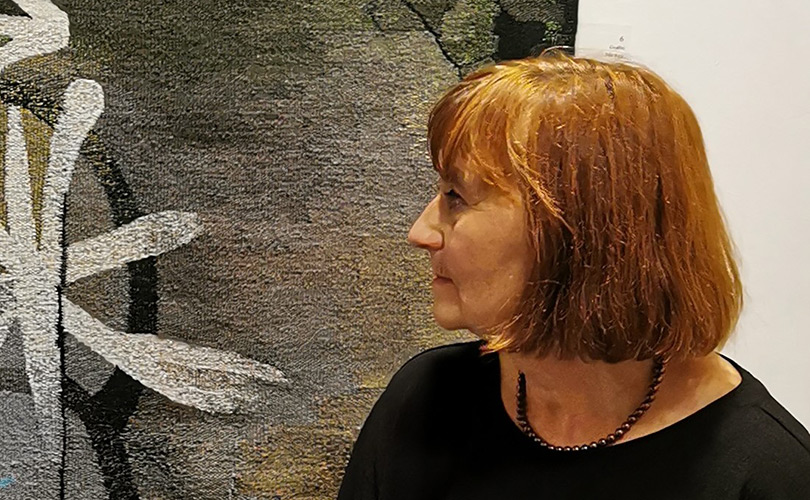
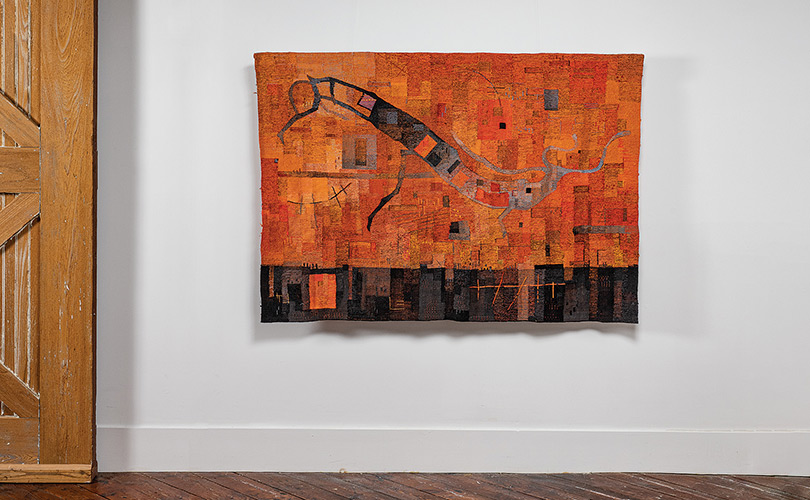
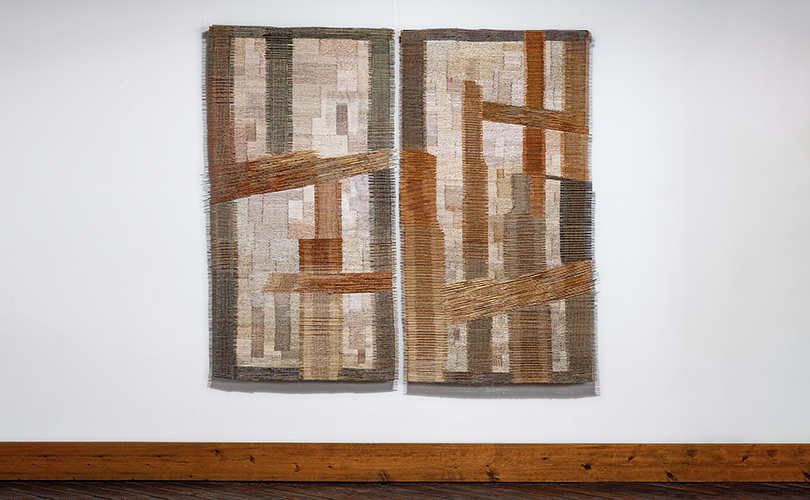
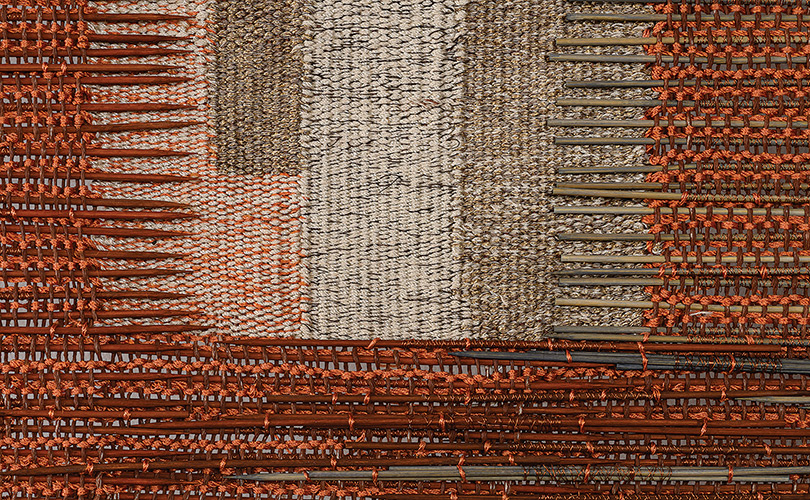
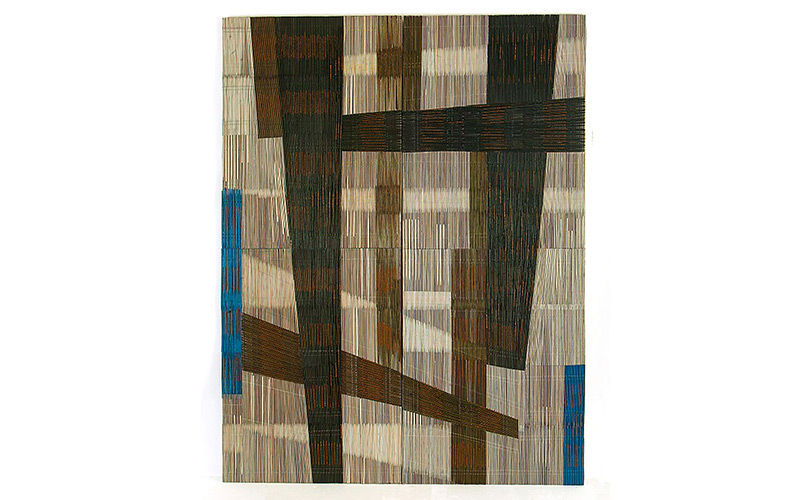
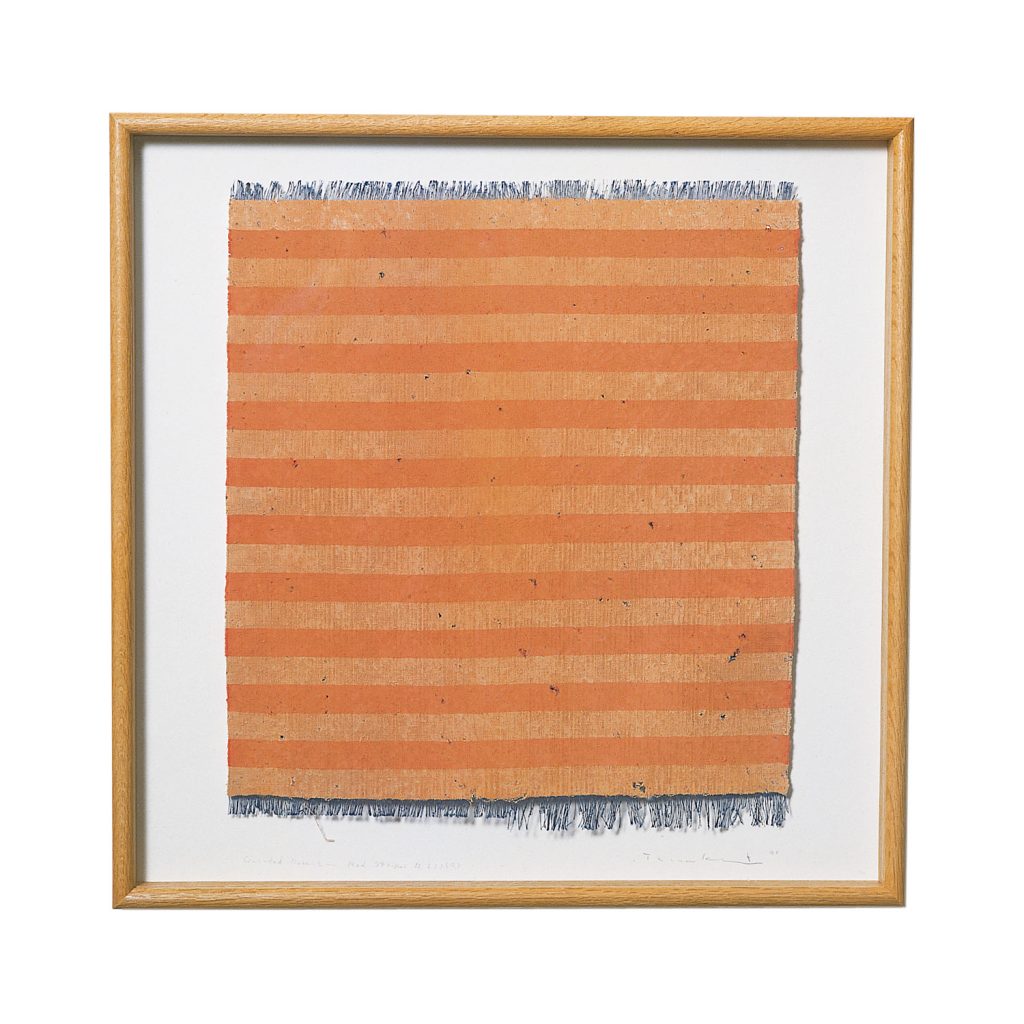
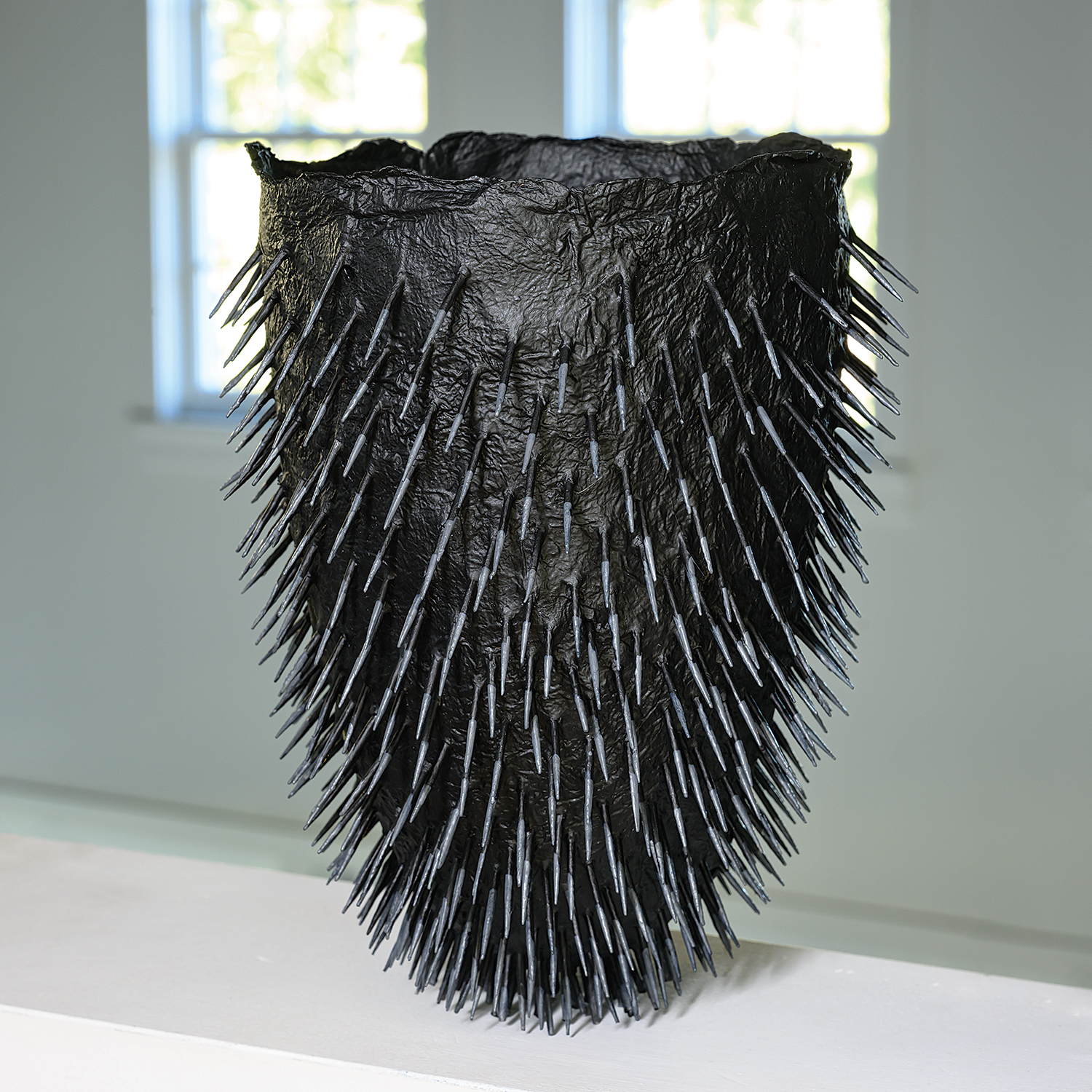
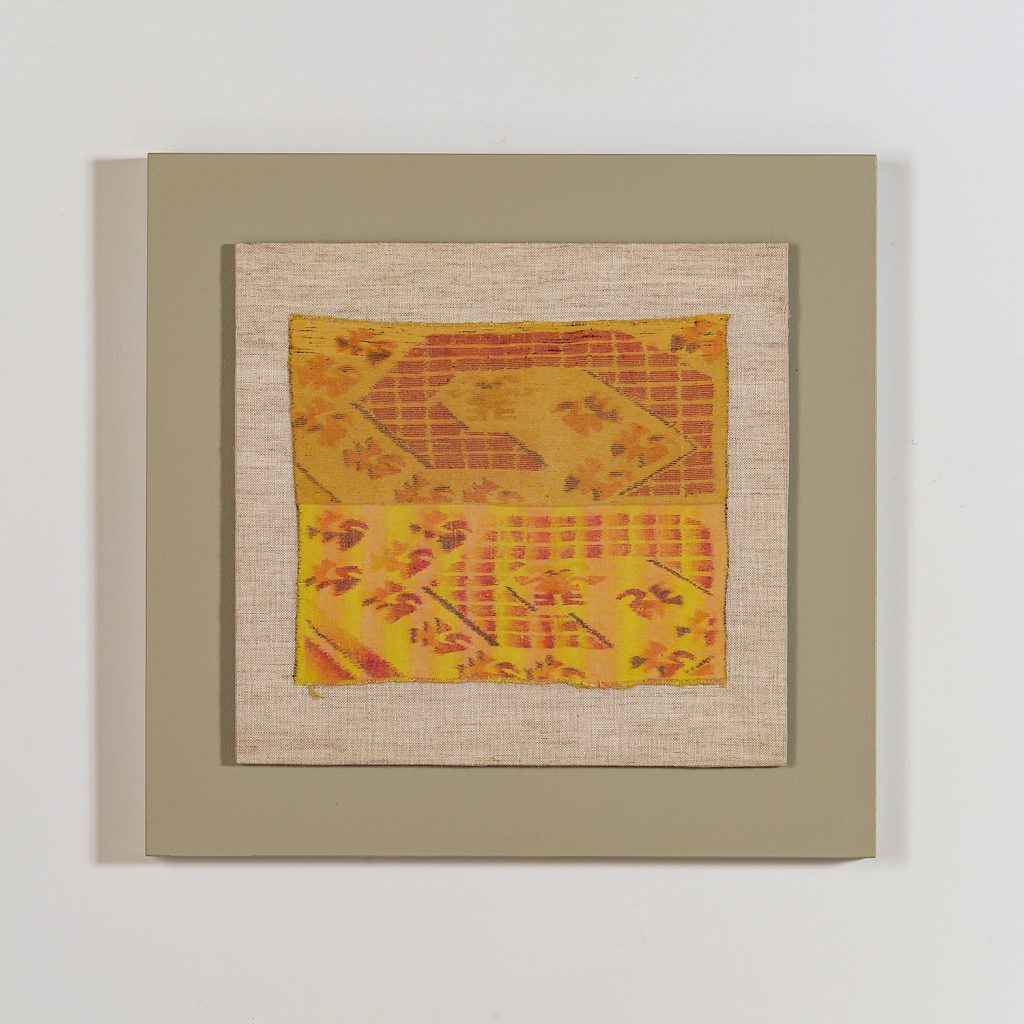
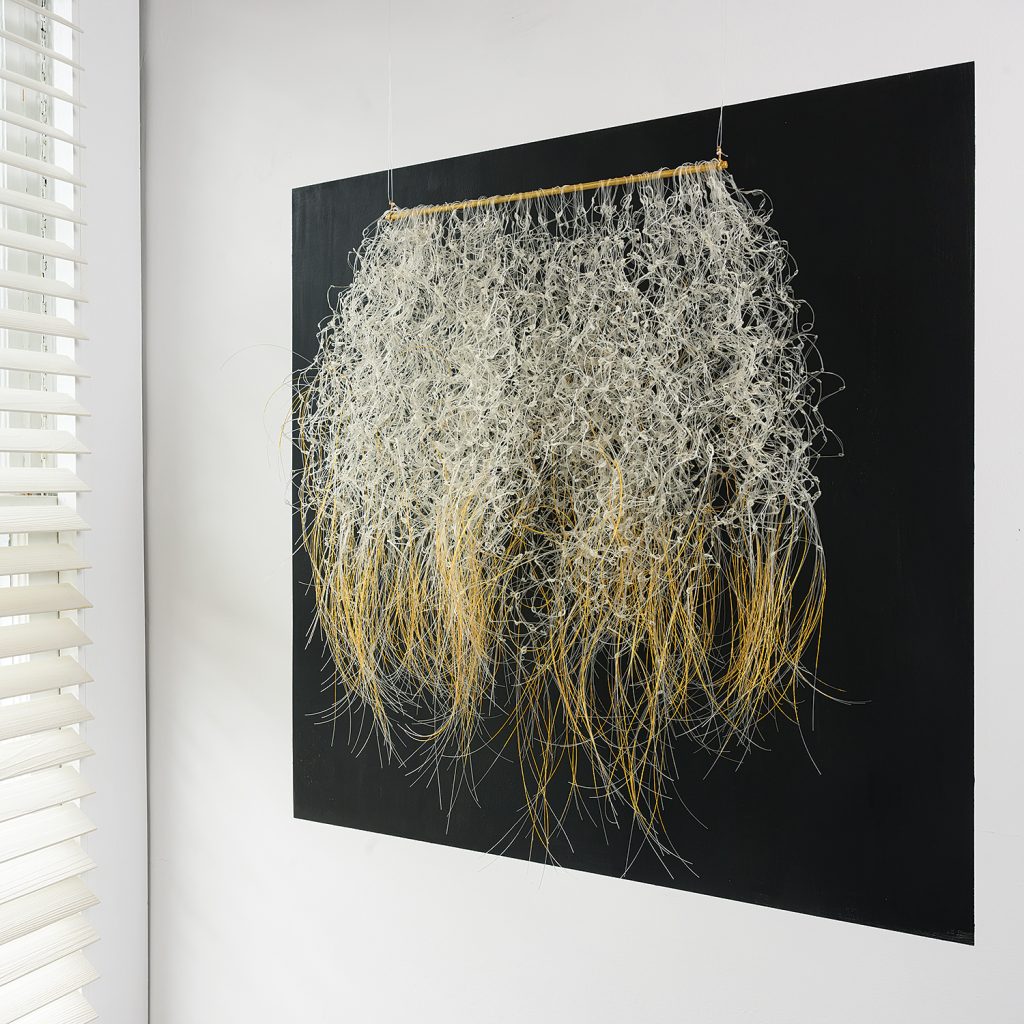
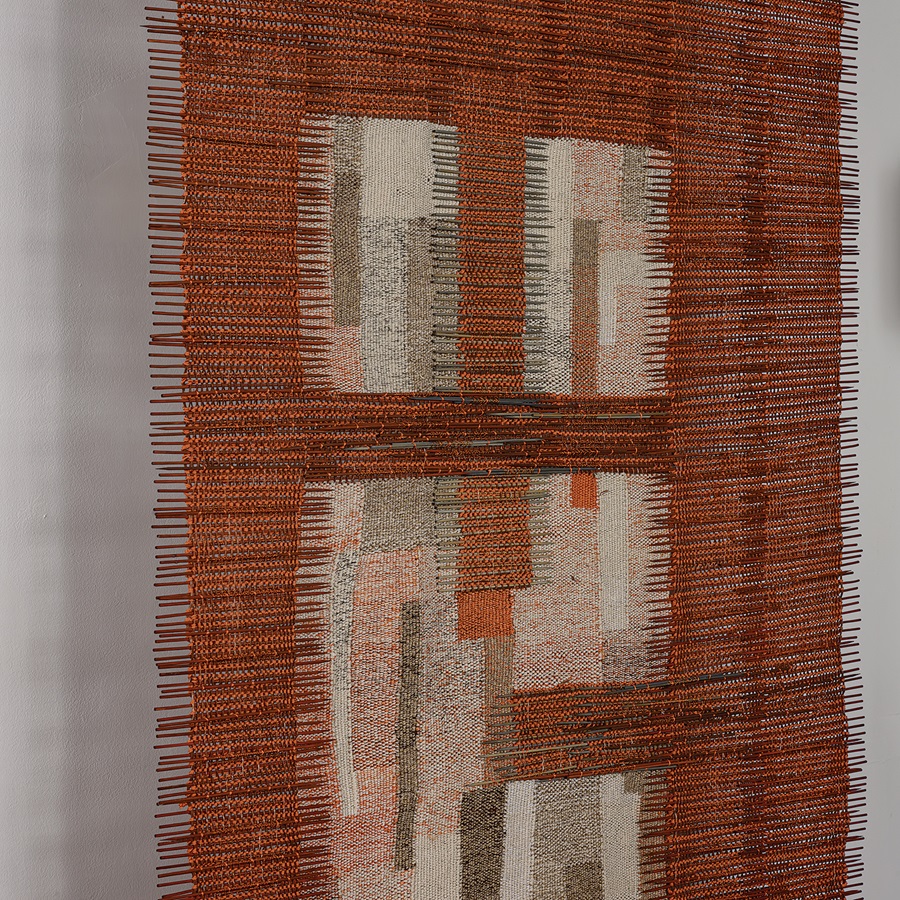
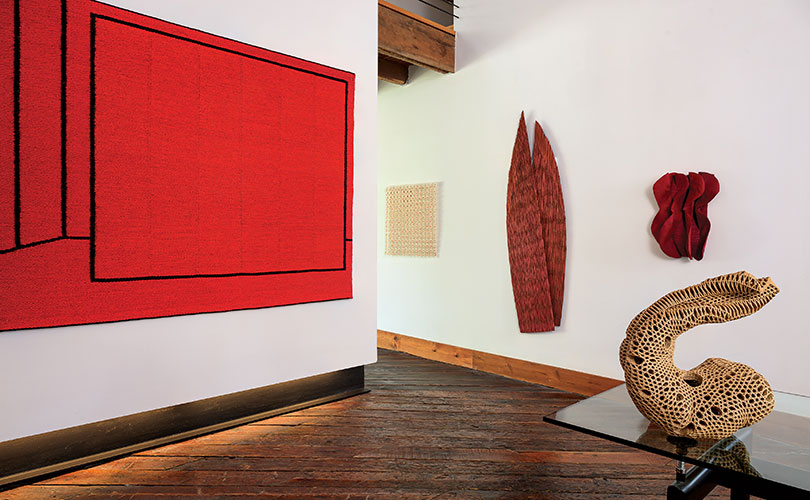
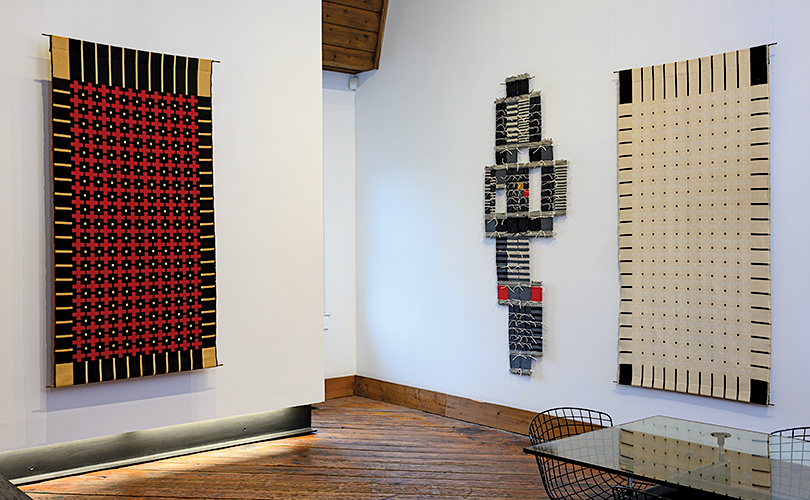
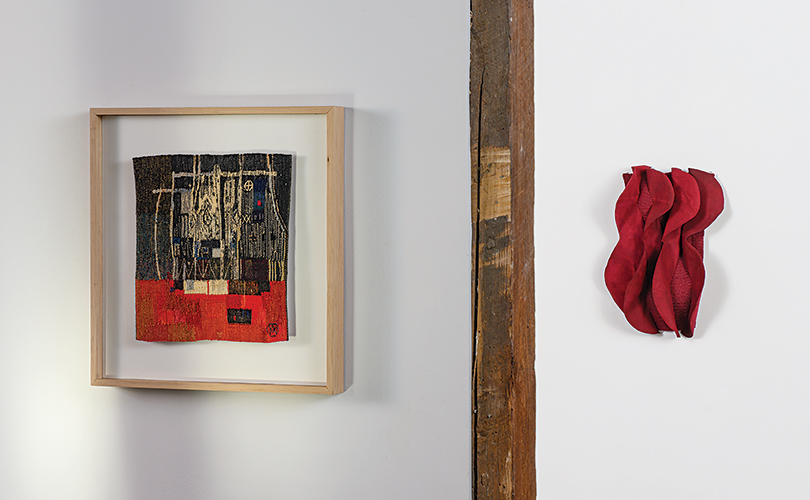
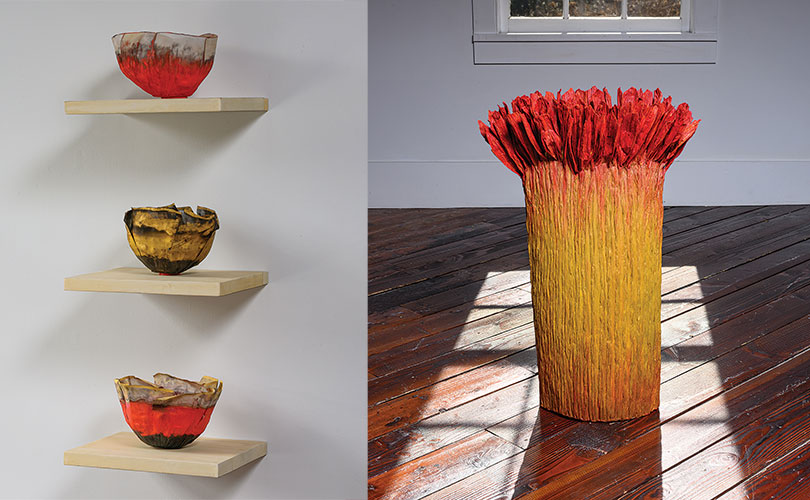
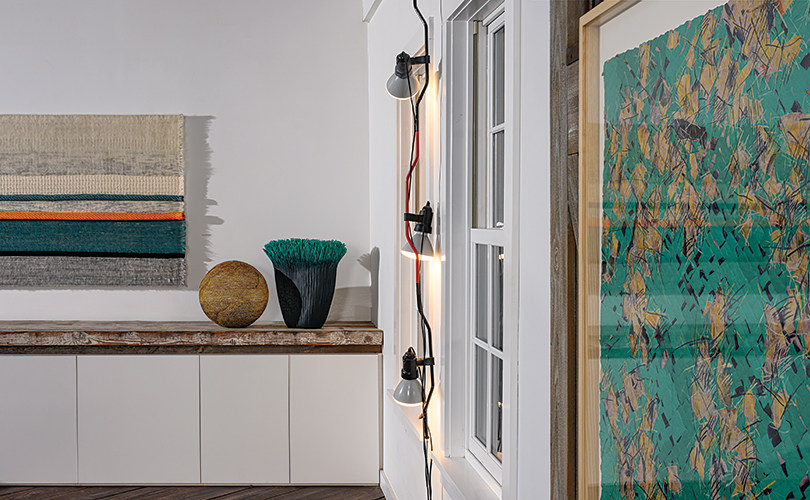
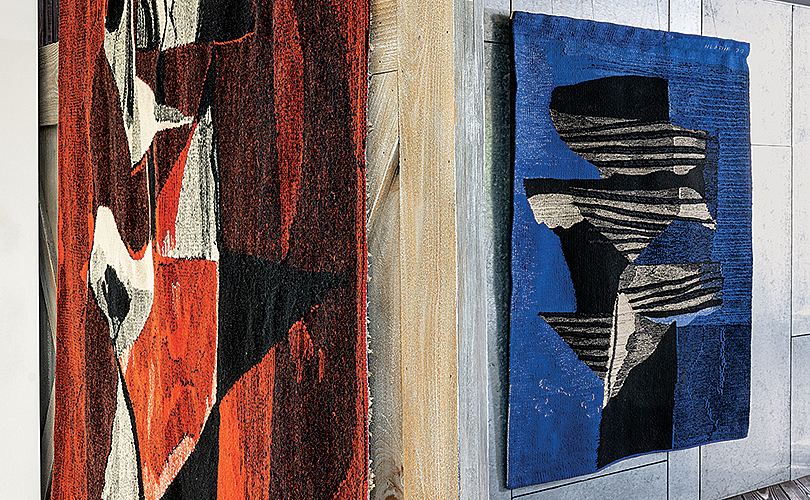
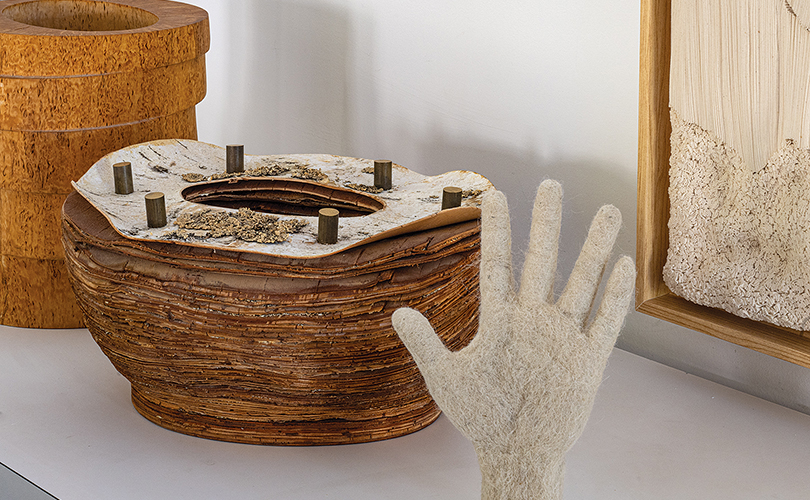
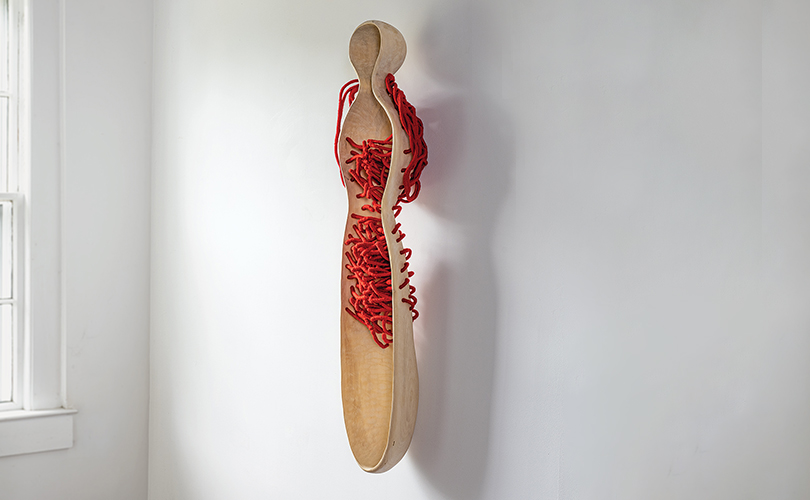

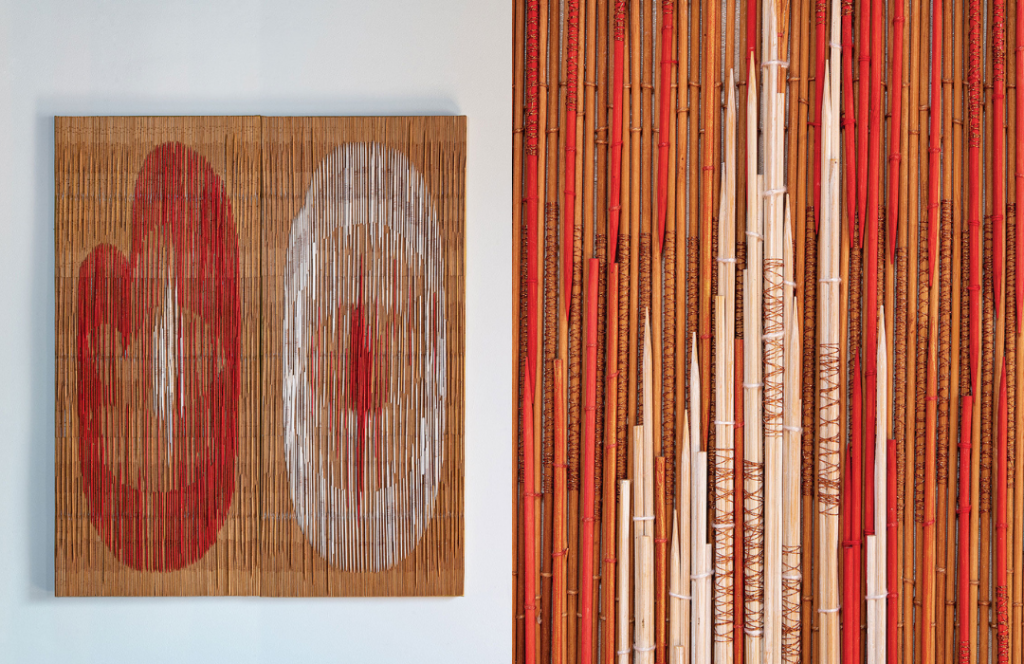
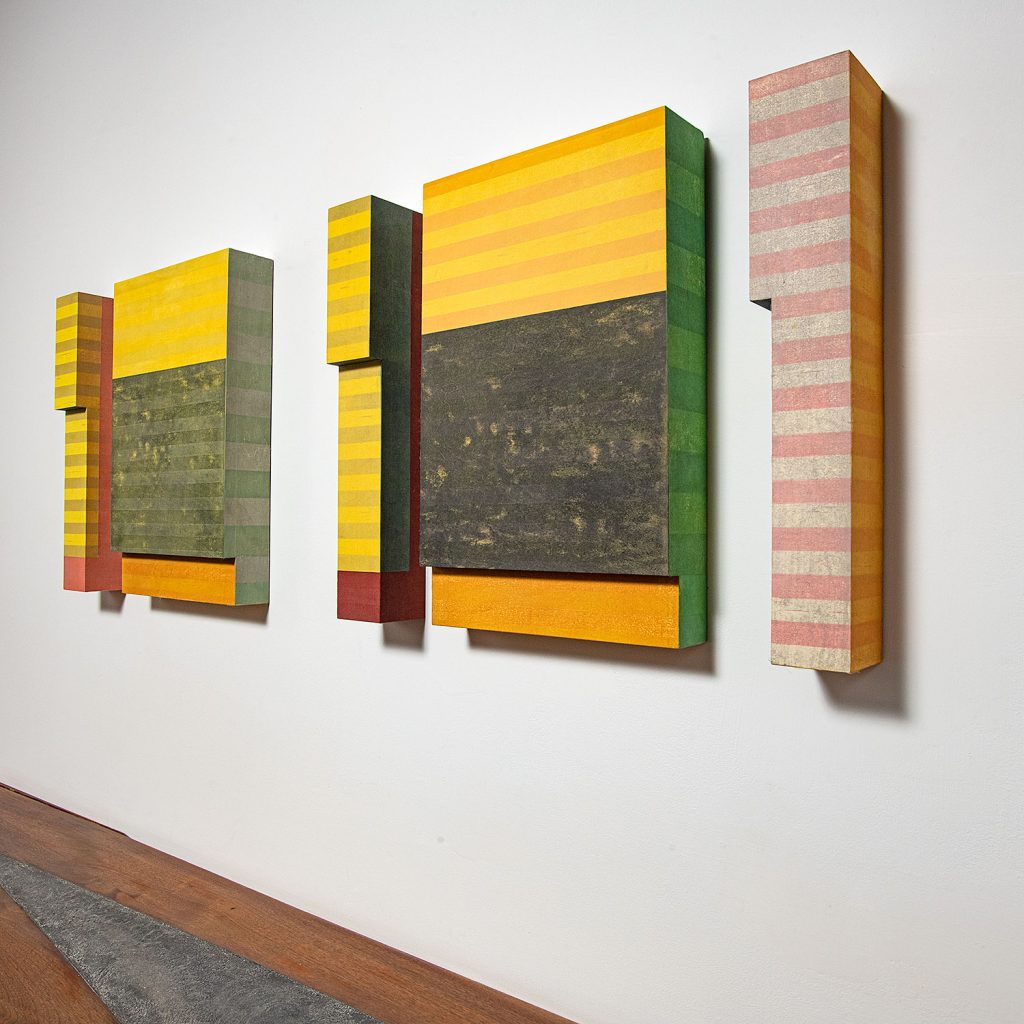

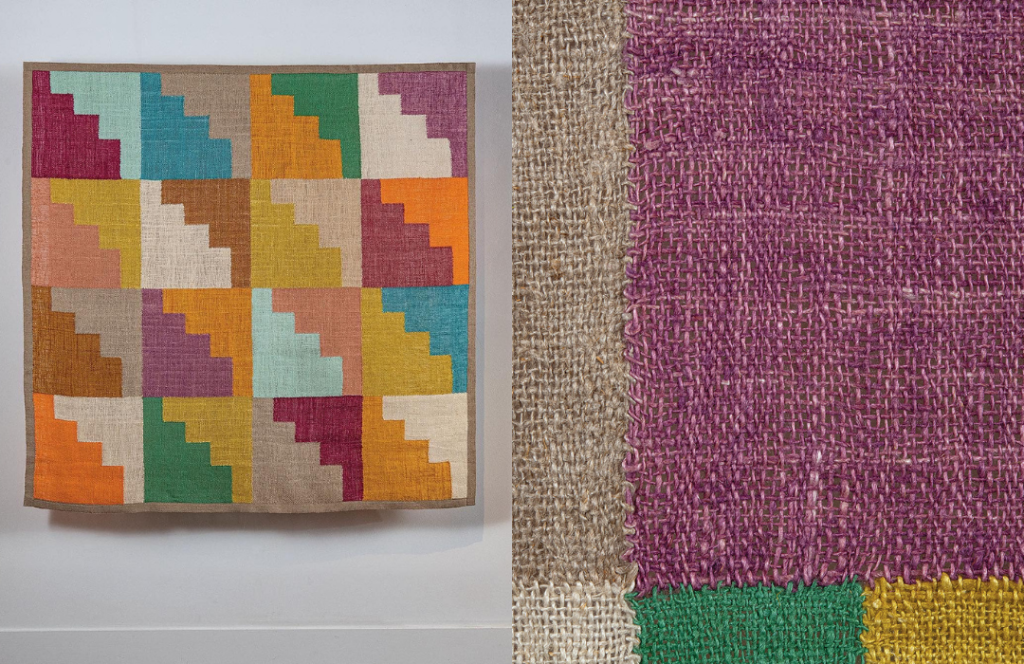

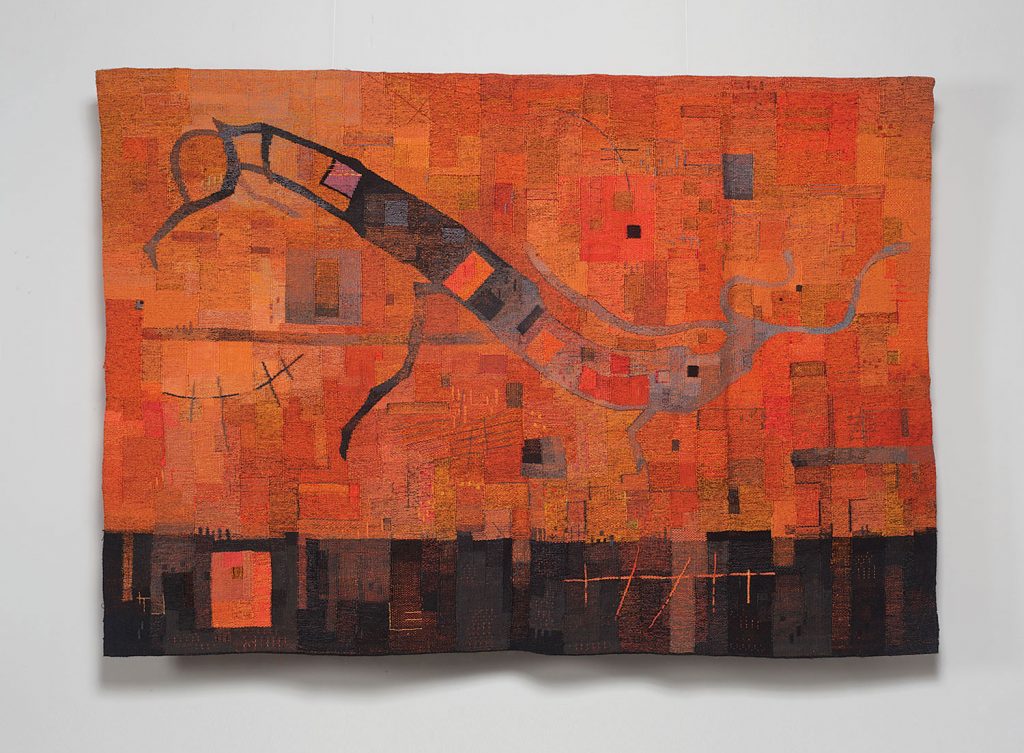
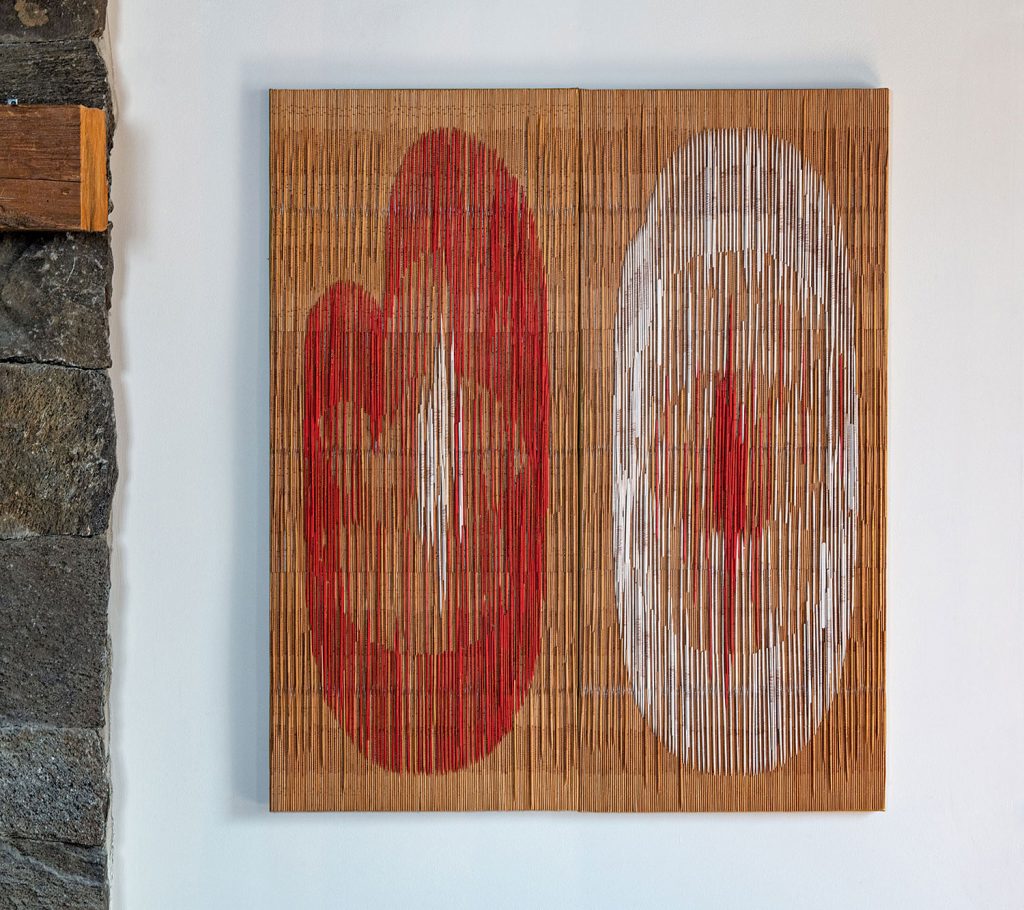
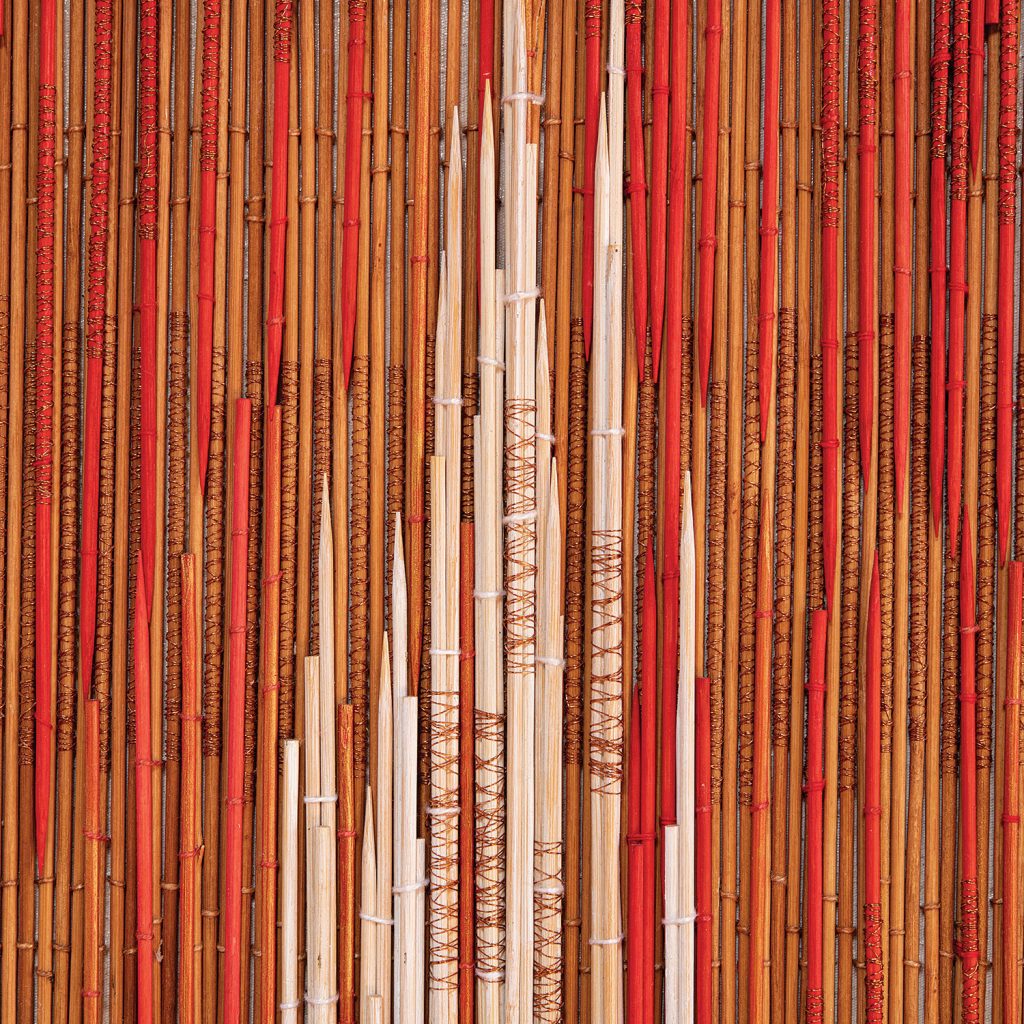
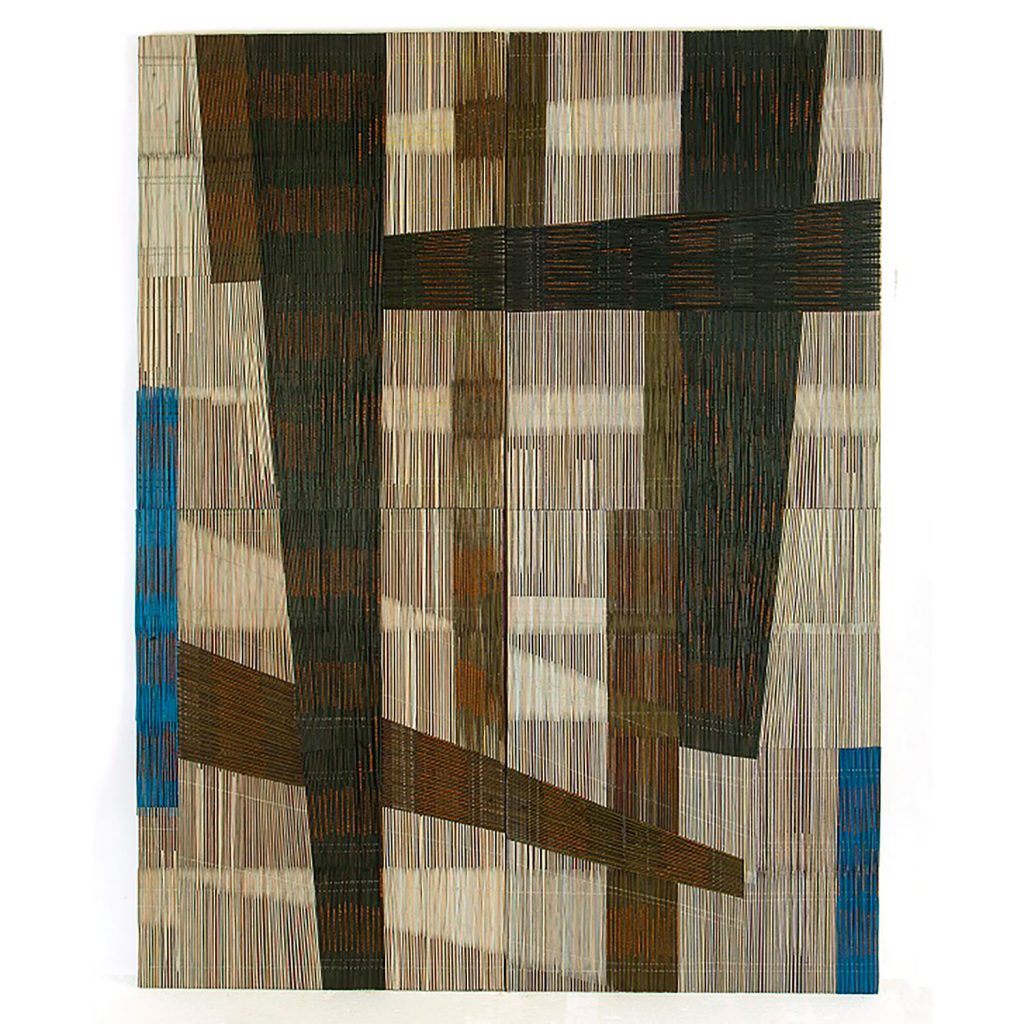

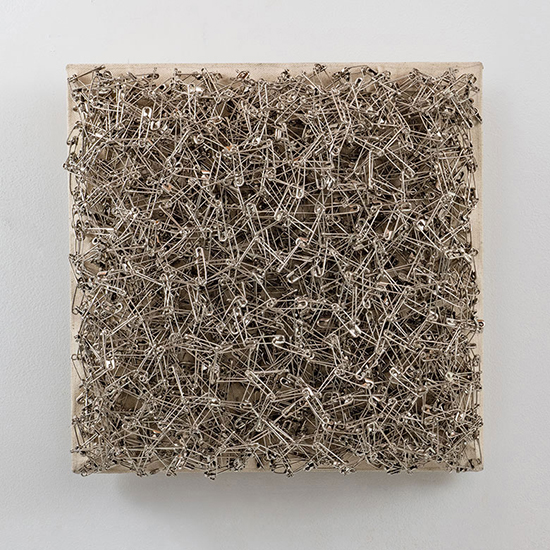
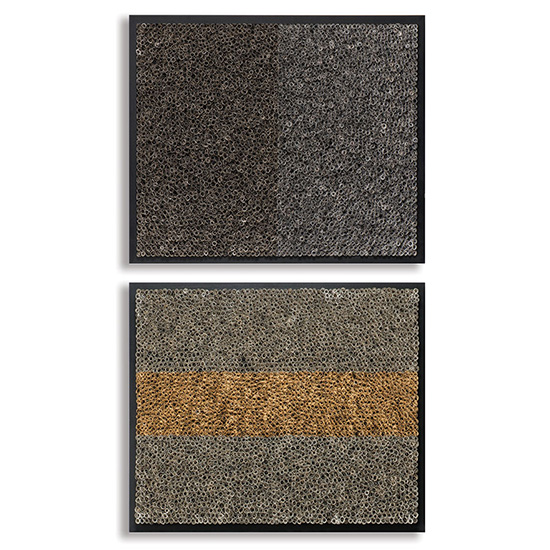
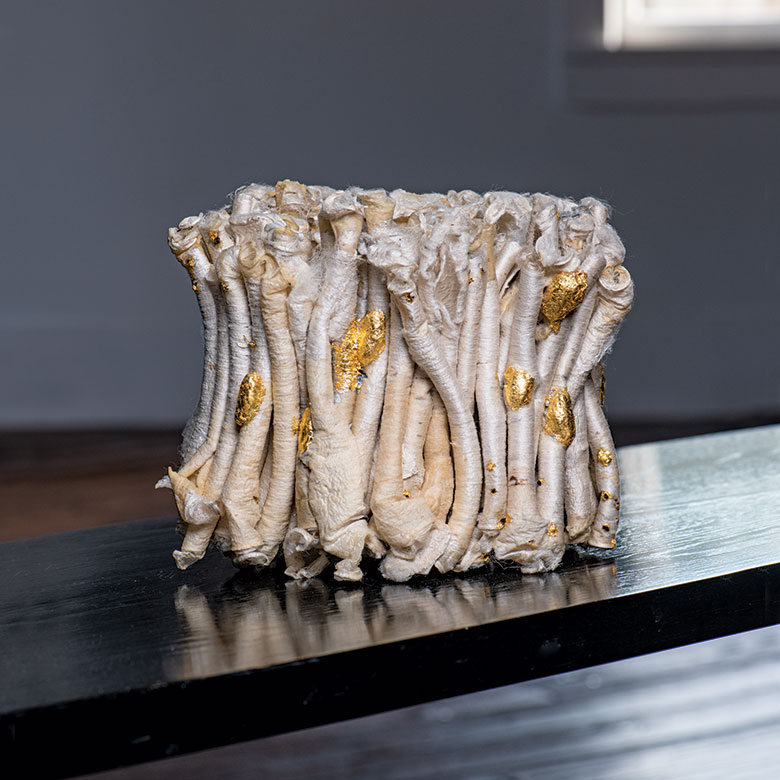
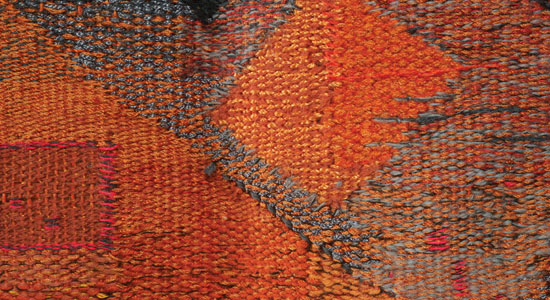
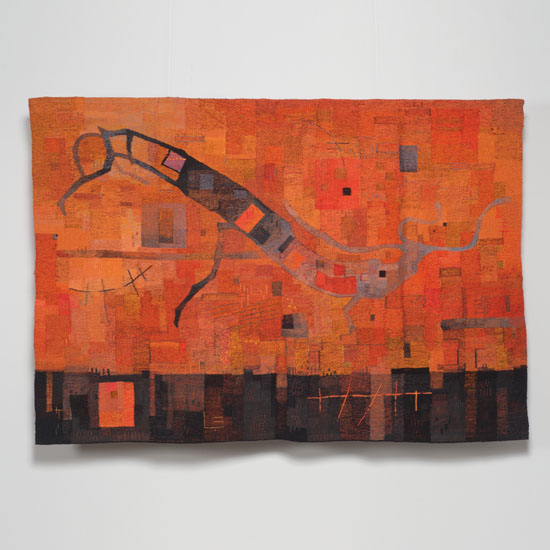
Books Make Great Gifts 2011: Artist Recommendations
This year we asked the artists we represent just one question:
What was the most enjoyed/most inspirational book you read this year?? Here are their wide-ranging replies:
The Absolutely True Diary of a Part-Time Indian by Sherman Alexie, illustrated by Ellen Forney (Little, Brown; National Book Award) . This is a semi-autobiographical novel by award-winning author, poet and film-maker, Sherman Alexie. Alexie has been named one of Granta’s Best Young American Novelists and has been lauded by The Boston Globe as “an important voice in American literature.” He is one of the most well-known and beloved literary writers of his generation, with works such as Reservation Blues and War Dances. He also wrote the screenplay for the film, Smoke Signals, based on a short story from his book, Lone Ranger and Tonto Fistfight in Heaven. In his novel, Alexie tells the heartbreaking, hilarious, and beautifully written story of a young Native American teen, Arnold, as he attempts to break free from the life he was destined to live. Arnold’s drawings illustrate the book.”
Sensual Relations by David Howes (University of Michigan) is Deborah Valoma’s recommendation.